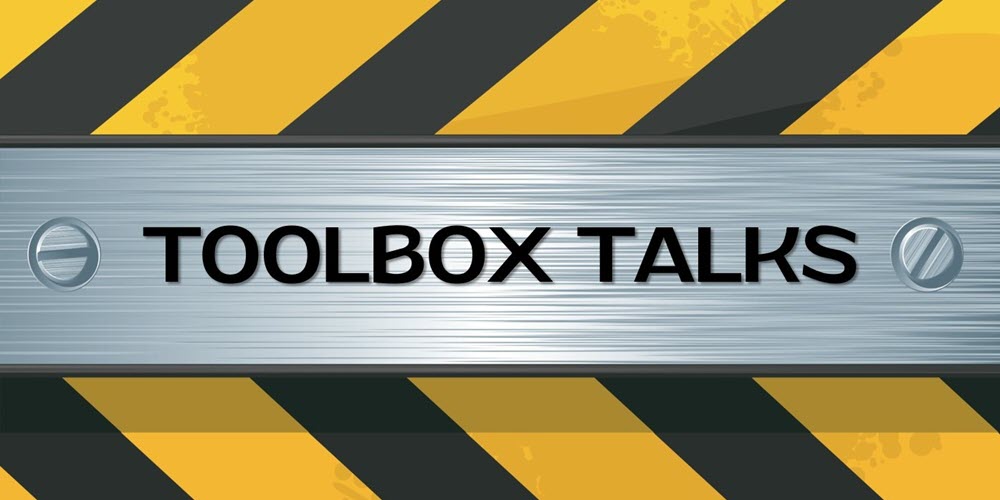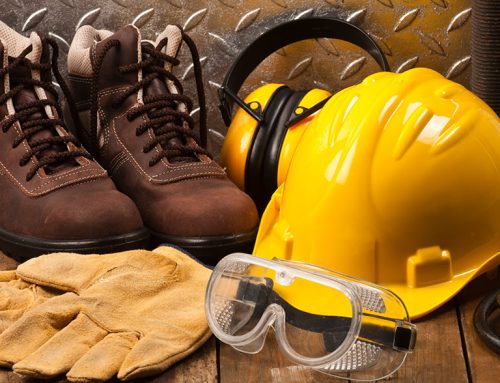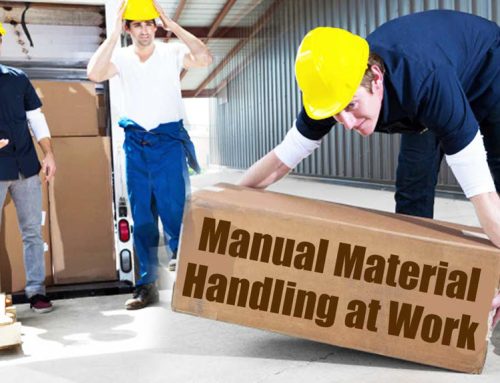Empowering Workplace Safety
In workplaces across various industries, the importance of regular safety discussions cannot be overstated. Free toolbox talks are an effective means of communicating and reinforcing safety protocols among employees. This article will guide you on how to craft your own free toolbox talks, providing a cost-effective way to enhance workplace safety.
Understanding the Importance of Free Toolbox Talks
Safety talks, often referred to as toolbox talks, are short, informal sessions that focus on specific safety topics. Conducted regularly, these talks contribute significantly to creating a safety-oriented culture within an organisation. The term “free toolbox talks” reflects the accessibility and cost-effectiveness of this approach to disseminating crucial safety information.
The Accessibility Advantage
One of the primary benefits of free toolbox talks is their accessibility. Organisations, regardless of size or budget constraints, can implement these talks without incurring additional costs. This accessibility ensures that safety information reaches every level of the workforce, contributing to a safer and more informed working environment.
Tailoring to Specific Needs
Free toolbox talks allow organisations to customise discussions to address specific safety concerns relevant to their industry or workplace. This tailored approach ensures that the information presented is directly applicable to the daily tasks and challenges faced by employees.
Fostering Employee Engagement
When employees actively participate in safety discussions, they become more engaged and invested in the well-being of themselves and their colleagues. Free toolbox talks encourage open dialogue, creating a platform for employees to share experiences, ask questions, and contribute to the overall safety culture.
Steps to Craft Effective Free Toolbox Talks
Crafting your own toolbox talks is a straightforward process that involves careful planning and consideration of your audience. Here are steps to help you create engaging and impactful safety discussions:
Identify Relevant Topics
Begin by identifying safety topics that are relevant to your workplace. Consider potential hazards, recent incidents, or areas where improvement is needed. Common topics include PPE usage, fire safety, manual handling, and machine operation safety.
Research and Gather Information
Ensure your toolbox talk is well-informed by conducting research on the chosen topic. Gather statistics, case studies, and real-life examples to underscore the importance of the safety message you want to convey.
Keep it Concise and Focused
Toolbox talks are most effective when kept brief and focused. Aim for a duration of 10 to 15 minutes, ensuring that the main points are clear and easy to understand. Use simple language and avoid unnecessary jargon.
Interactive Elements
Incorporate interactive elements to keep participants engaged. Encourage questions, share relevant anecdotes, or use visual aids like diagrams or videos to illustrate key points. Interaction enhances retention and reinforces the importance of the safety message.
Encourage Discussion
Foster a collaborative atmosphere by encouraging participants to share their experiences or insights related to the safety topic. This exchange of information not only enhances the discussion but also promotes a sense of collective responsibility for safety.
Regular Scheduling
Establish a consistent schedule for your toolbox talks. Whether it’s weekly, bi-weekly, or monthly, regularity ensures that safety remains a constant focus and becomes an integral part of the workplace routine.
Feedback Mechanism
Implement a feedback mechanism to gauge the effectiveness of your toolbox talks. Encourage employees to provide feedback on the sessions, allowing you to fine-tune future discussions based on their input.
Sample Free Toolbox Talk Topics
To get you started on crafting your own free toolbox talks, here’s a list of sample topics across various safety aspects:
Importance of Personal Protective Equipment (PPE)
Discuss the critical role of PPE in preventing injuries and maintaining a safe work environment.
Fire Evacuation Procedures
Outline the steps employees should take in case of a fire, including evacuation routes and assembly points.
Manual Handling Best Practices
Provide guidance on proper lifting techniques to prevent back injuries and strains.
Machine Operation Safety
Discuss the importance of following safety protocols when operating machinery to avoid accidents.
Slips, Trips, and Falls Prevention
Cover measures to prevent common accidents, such as keeping walkways clear and using warning signs.
Chemical Handling and Storage
Emphasise the significance of understanding chemical properties, proper storage procedures, and using protective equipment.
Electrical Safety Measures
Address the dangers of electrical hazards and the importance of using proper equipment.
Office Ergonomics
Discuss proper desk ergonomics and the importance of maintaining good posture while working on computers.
Heat Stress Prevention
Provide guidance on preventing heat-related illnesses during warmer seasons.
Road Safety
Discuss safe driving practices, the importance of seatbelt usage, and precautions when operating company vehicles.
Conclusion
By following these steps and choosing relevant topics, you can create impactful free toolbox talks that contribute to a safer and more informed workplace. Remember, the goal is not just to convey information but to foster a culture of safety where every employee actively participates in creating and maintaining a secure working environment.
Alternatively, if you are looking for a range of ready to deliver toolbox talks, then you might be interested in our toolbox talk packages. These include a range of toolbox talks at a cost-effective price.






